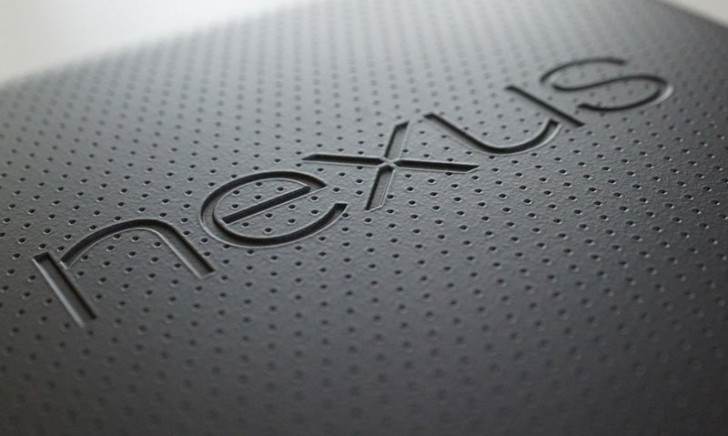Goggle’s next two Nexus smartphones are going to be manufactured by HTC, and they are dubbed “Marlin” and “Sailfish”. The Sailfish model is rumored to be the less expensive one, while the Marlin is believed to be this year’s flagship model. Until now there were not much information available about the HTC Nexus devices, but recently a leak uncovered the detailed specifications of the smartphone. If the leaked information is correct, we can expect a more than reasonable Nexus device this year, which will have some features similar to the HTC 10’s and some to the nexus 6P of last year.
The leaked specs, spotted by Android Police, suggest a 5.5-inch Quad HD AMOLED display and a design that will somewhat remind users of the latest HTC flagship. As far as power goes, it seems that the upcoming HTC Nexus flagship will have a Qualcomm Snapdragon 820 chipset under the hood, and it will include 4GB of RAM. There is no certainty regarding the existence or lack of a microSD card slot, but the leaked specs include up to 128GB of storage, and if this is the internal storage, it’s more than enough for the majority of smartphone users, so there is no need for additional space.
One aspect of the smartphone that will most likely disappoint many users is its battery, which is not exactly a large one. According to the rumors, the HTC Nexus which is codenamed Merlin will be equipped with a 3,450mAh, just like the previous model, the Nexus 6P. Other features of the upcoming smartphone include a fingerprint scanner, Bluetooth 4.2 support, USB Type-C, and of course, it will run on Android Nougat. Overall, it seems to be a good device, with a nice specs sheet, and if the price will be the correct one, Google might win new fans over.
Given the fact that the Marlin will be the flagship model it’s safe to assume that the Sailfish, which will be the equivalent of last year’s Nexus 5X will have less impressive specifications and features, it will most likely be made of less expensive materials, and it will also look a little less impressive than the flagship model. However, the majority of Nexus users opt for these devices mainly for the operating system, so the design and other specs shouldn’t be a problem for them, as long as they meet the standards Google delivered until now, and for a fair price.
 Tech Gadget Central Latest Tech News and Reviews
Tech Gadget Central Latest Tech News and Reviews




